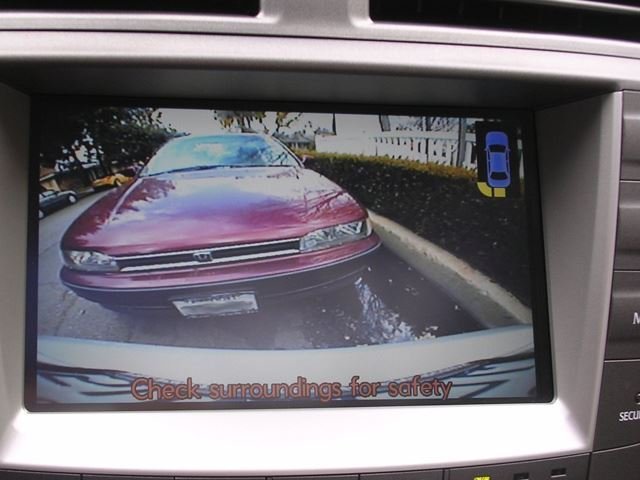5 Safety Features All Drivers Should Opt For When Buying A New Car

Not only are cars getting safer, but the severity of accidents has been decreased thanks to features like ABS and stability control. In the past, each of these features were options, but eventually they trickled down into every new car that is on sale today. In that spirit, here are the five new semi-annoying but life saving features that your mom would surely approve of.

By May of 2018, the NHTSA will require back-up cameras on all new cars sold in the US. Until then, the camera assistants remain optional. While they do save lives that would otherwise be lost due to drivers that aren't paying attention when leaving their driveways, they only provide one set of extra eyes for drivers. Soon, additional features like camera-based side mirrors and 360-degree view parking aids will become standard on all cars. Replacing the side mirrors with cameras will give drivers a view of the adjacent road unimpeded by pesky pillars. The 360-degree view cameras aren't necessarily life-saving technologies, but they do help drivers park with scalpel-like precision and may become standard due to demand.


In a world where multitasking is the new reality of modern life, the license-holding population is having an increasingly harder time realizing that driving demands the kind of focus usually reserved for high intensity sports. Cell phones, large infotainment screens, and attractive pedestrians make it too easy for drivers to peel their eyes off the road for a second too long and hit the brakes a second too late. Luckily, automakers don't want these ADD drivers to ruin their new purchases, so collision warning and preventative braking systems are beginning to invade the wiring harnesses of new cars. Many of these systems are options that only cautious drivers opt for, but in the near future, all cars will have these as standard.


If you can't beat 'em, join 'em. And by "'em," we mean cell phones of course. A handful of automakers have experimented with restricting cell phone access within cars, but now that these mobile devices have become useful driving companions that enable traffic jam conference calls, GPS navigation, and enjoyment of the world's collection of music, manufacturers realize that they need to facilitate smartphone access. Both Apple and Google have rolled out their own versions of car-capable software. Even though the technology isn't perfect, it will only get better with time to enable seamless integration between mini supercomputer and rolling two-ton transportation appliance.


Even though Japan has just given automakers the thumbs up to use cameras instead of side mirrors, the reflective ears have a ways to go before they die out completely. Until then, blind-spot monitoring will continue to be found in a greater number of new cars. The main beneficiary of these warning systems are small cars and motorcyclists who usually dread being alongside other cars. It's too easy to hit or be hit by a driver who sweeps across multiple lanes thinking that it's all clear out there. Unlike other features on this list, blind spot monitoring is one of the least invasive safety system out there, consisting of a few sensors and lights that can be easily ignored by real drivers who devote full attention to the road.


Most of the US population lives under the orange glow of city lights, so adaptive headlights are a feature that is often taken for granted. Take a night drive on a winding road however, and the engineers' forward thinking solution suddenly starts to make sense. The simple technology only pivots the headlights or activate side lights in accordance to the steering angle of the car. Instead of waiting for the car's headlights to catch up to the curvature of a corner, drivers can now see what they are turning into thanks to adaptive headlights. All of the hard work done to make these features available may only add a second or two of visibility to a dark drive, but seconds can save lives and expensive insurance claims when the cat eyes are passing by quickly.
